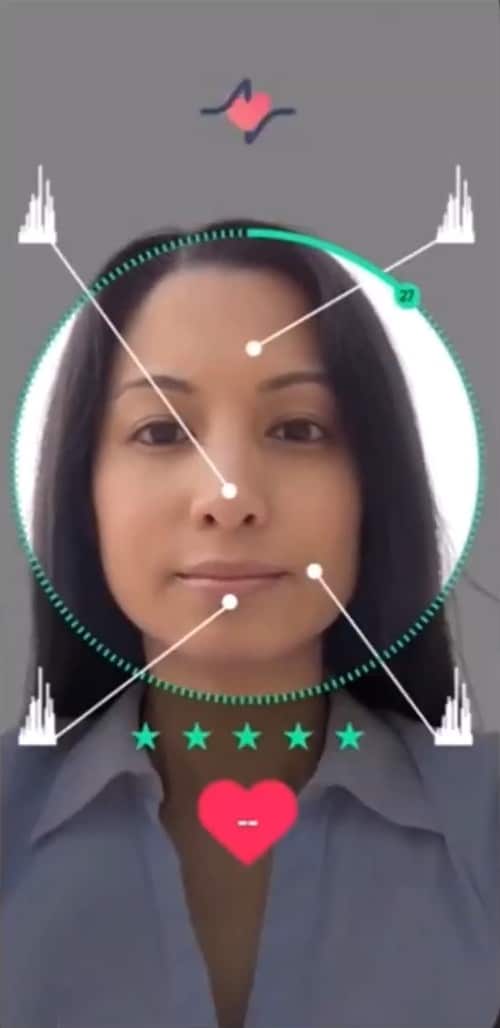From Guessing to Knowing: How Listening to Biology Unlocks a New Model of Acquisition, Engagement, and Retention
A Quick Reminder from Part 1
In Part 1, we explored the old world — where health systems and plans shouted through ads, waited for claims, and hoped people would notice.
We saw why that model is failing:
- Timing is off.
- Messages are generic.
- Data is outdated.
- People tune out.
Now we’re flipping the model.
Welcome to the new world: Where the signal comes first.
And where everything changes because of it.
What Is Real-Time, Individual-Driven Data?
Let’s break it down simply.
Real-time means now — not months after a claim. Individual-driven means it comes from the person — not a spreadsheet. Data means something we can act on.
Think of it this way:
Instead of pulling risk scores from last year’s claims…
…you get a fresh signal from someone’s body. Today.
From a smartphone scan. From daily trends. From patterns in heart rate, metabolism, or sleep. It’s not a diagnosis. It’s not a lab test. It’s an early warning system.
It’s a biological heads-up.
Why Does This Matter So Much?
Because early signals change everything. They tell you:
- Who is about to shift into a high-risk category
- Who is silently heading toward diabetes or heart disease
- Who needs support before they have symptoms And that means you can:
- Engage with relevance
- Activate care early
- Save money, time, and lives This isn’t reactive. It’s proactive.
It’s not outreach. It’s connection.
From Claims to Clarity: Why Waiting Fails
Let’s walk through a typical delay in today’s system.
A person is gaining weight, sleeping poorly, and feeling stressed. They don’t know they’re at risk for metabolic syndrome.
You — as a health plan or provider — have no idea either. So you don’t reach out. You don’t intervene.
They keep trending worse.
Months later, they get a lab test. A claim shows up. Now you know. But it’s late. The damage has begun.
That delay is why:
- Costs explode
- Engagement drops
- Outcomes worsen
But now imagine the same person scans their body weekly. And the signal says: “You’re trending into risk.”
And that signal triggers your team.
You connect. Offer help. Deliver support — now.
That’s the shift.
Case Study: Preventing Pre-Diabetes with a Signal-First Campaign
Background:
A regional health plan ran a 90-day pilot using real-time smartphone scans to detect metabolic trends in non-diagnosed members.
Results:
- 4,500 members scanned themselves
- 1,320 were flagged as trending into pre-diabetes
- 910 accepted a coaching or nutrition intervention
- Only 86 required escalation to clinical care
Outcome:
- 32% engagement rate vs. industry average 5–8%
- Estimated $3.2M in avoided downstream spend
- 4x improvement in retention among those who scanned This is what happens when people feel seen before they feel sick.
What a Signal-First Funnel Looks Like
Let’s compare side by side.
Traditional Funnel
- Launch campaign
- Target by age or geography
- Wait for someone to respond
- Hope they engage
Signal-Driven Funnel
- Receive signal from person’s body
- Automatically trigger personalized outreach
- Match message to risk trend
- Deliver care or connect them — instantly
| Funnel Stage | Traditional (Old Way) | Signal-Based (New Way) |
| Acquisition | Demographic ads & events | Scan identifies biological risk |
| Engagement | Generic reminders | Personalized message tied to trend |
| Retention | Loyalty program or discount | Ongoing signal feedback loop |
| ROI | ~$150–$300/member | <$10/signal-driven member, higher LTV |
This isn’t theory. It’s live. And it’s working.
The Core Advantage: Timing + Relevance + Action
Signal-based systems beat the old model on three key things:
- Timing: You act before symptoms or claims
- Relevance: You speak to their exact trend
- Action: You deliver what they need right now This unlocks:
- Higher conversion to care
- Better chronic condition prevention
- Longer retention and loyalty
- Lower cost per acquisition and engagement
And the best part? It’s automatic once signals are flowing.
You’re no longer launching guesswork campaigns. You’re responding to real health needs — every day.
Signals Don’t Lie (But They Need Interpretation)
A scan alone isn’t enough. The real magic comes from:
- Recognizing the pattern
- Translating it into action
- Responding in ways that build trust
This is where your plan or system shines. Because with the right tools, you can:
- Build journeys around each trend
- Send the right nudge
- Route to the right care
All from one input: A person’s real-time signal.
This Is the Beginning of a New Health Relationship
When people realize:
- “You saw my risk before I did”
- “You reached out when no one else did”
- “You helped before I got sick” They don’t forget it.
That builds more than loyalty. It builds a lifelong health partner. And that’s what every plan and system is chasing.
Coming in Part 3:
- Real Examples of Signal-Based Acquisition
- Building a Signal-First Care Funnel
- The Technology Stack You’ll Need
- How to Pilot a Signal Strategy Without Rebuilding Everything
The future is here. The signals are live. Now it’s time to build around them.
You don’t need more messages. You need better signals.

MyRoad.io provides Targeted, Relevant, and Timely Data. Schedule a consultation to integrate into your sales funnel.

